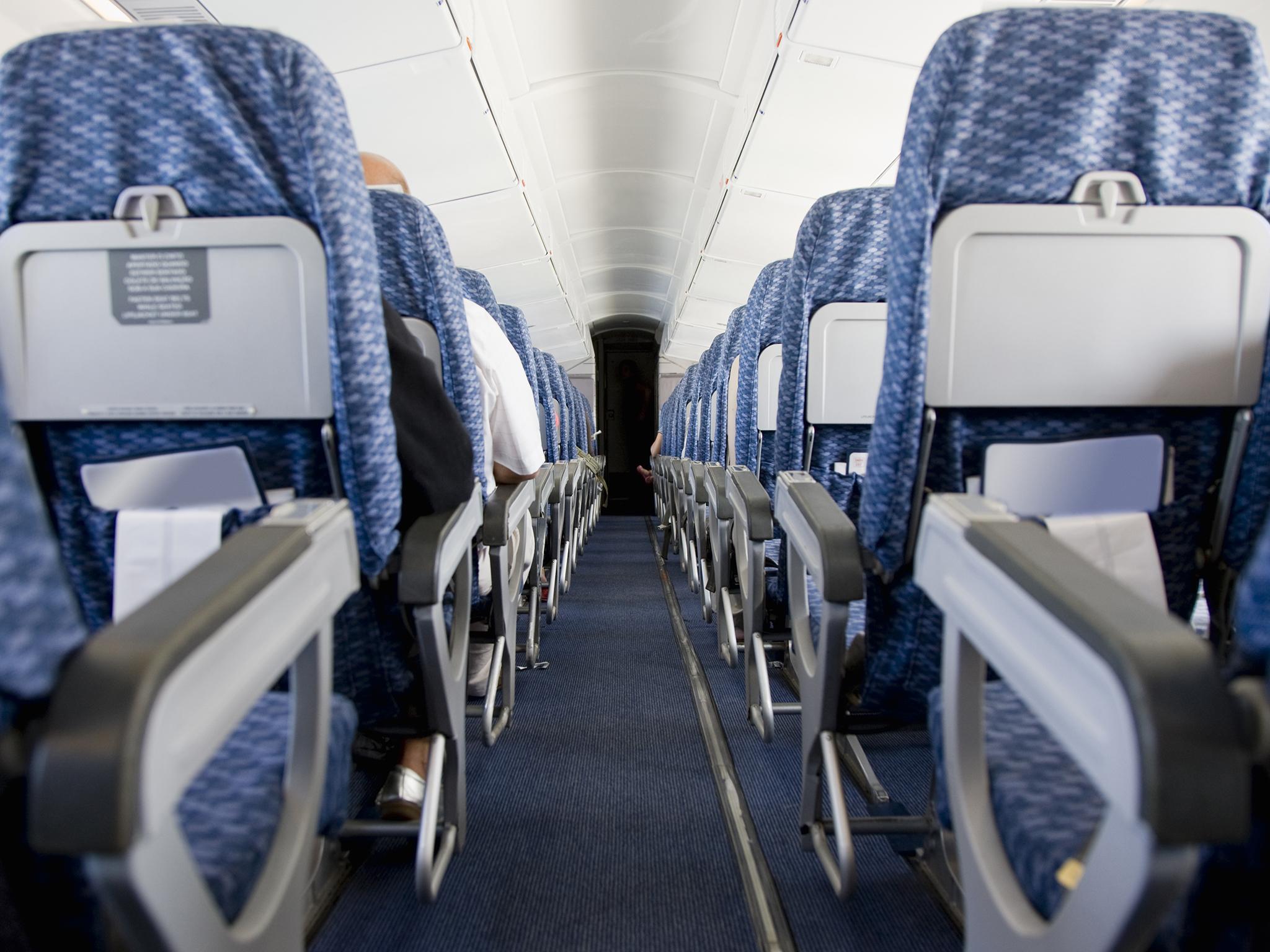Headrests and seatback pockets are dirtiest places on a plane, study finds
Surfaces tested positive for E. coli, mould and staphylococcus

A new study has revealed the dirtiest parts of planes are areas that happen to be almost completely unavoidable for passengers.
Consumer watchdog Canadian Broadcasting Corporation (CBC) investigated which parts of planes collected the most bacteria and other pathogens by conducting tests on 18 short-haul flights between Ottawa and Montreal.
The flights were booked with three major airlines, Air Canada, WestJet and Porter, and varied between the morning, afternoon and evening.
To ensure as many different areas of the plane as possible were tested, seats were also chosen and more than 100 samples were taken from seatbelts, tray tables, headrests, seatback pockets and bathroom door handles.
The findings revealed headrests were the dirtiest surface on a plane, testing positive for Staphylococcus, E. coli, and Hemolytic bacterias.
Seatback pockets, that hold magazines and safety leaflets, did not prove much better, with the study finding a high aerobic count, mould, coliforms, and E.coli on many of the samples.
Scientists said the presence of E. coli suggested there may have been faecal contamination, and warned bacteria can cause everything from intestinal infections to diarrhoea, vomiting and abdominal pain.
Speaking about the results, microbiologist Keith Warriner, told CBC News: “I was really amazed about how much we actually recovered from them. Some of them more scary than others.”
It has been suggested that high levels of bacteria could be due to cabin crew not having enough time to thoroughly clean the plane between flights.
Researchers said they spoke to a number of flight attendants and customer service representatives who said there “simply wasn’t enough time to properly disinfect an entire aircraft.”
In response to the findings, Air Canada, WestJet and Porter all said they followed Canadian and international cabin-grooming rules.
WestJet added that its planes were cleaned daily, with aircrafts given a light groom after every flight, a full groom every 24 hours, a complete interior clean monthly, and an enhanced, hyper-focused groom every year.
The study comes after a flight attendant previously revealed that you should never drink tap water mid-flight.
“Flight attendants will not drink hot water on the plane,” the attendant said.

“They will not drink plain coffee, and they will not drink plain tea.”
This is because even though the water tanks do get cleaned, the flight attendants are never informed when or how often.
As a result, they are not sure how clean the water is at any given time and stay away from water, hot or cold, altogether unless it s bottled.
Join our commenting forum
Join thought-provoking conversations, follow other Independent readers and see their replies
Comments
Bookmark popover
Removed from bookmarks